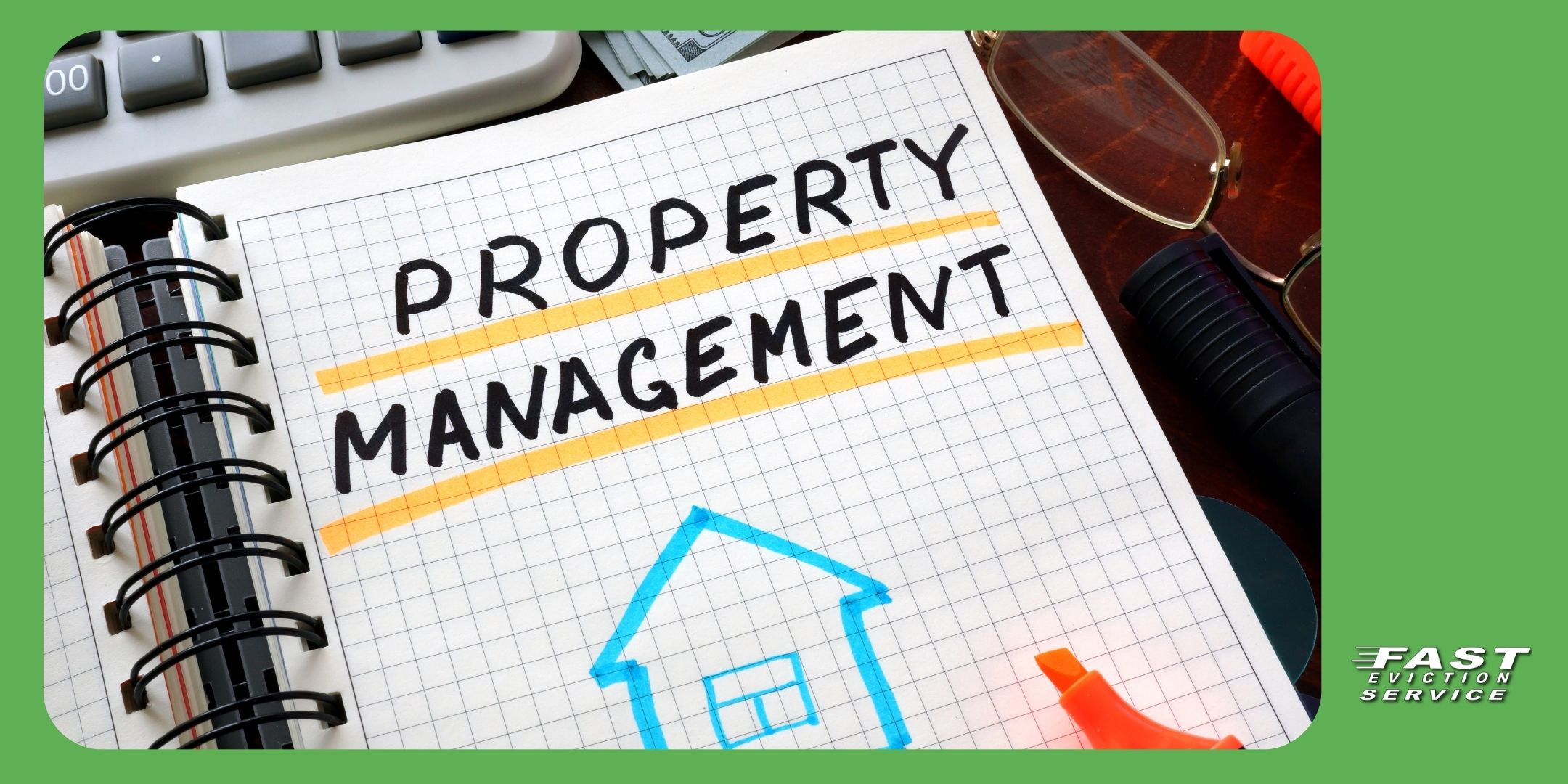Updated 11/26/24
Renting out property can be a lucrative business, but it comes with risks. One of the biggest challenges landlords face is dealing with bad tenants—those who damage property, delay rent payments, or disrupt the peace of other residents. Whether you’re a new landlord or have years of experience, knowing how to protect yourself from bad tenants is essential for safeguarding your investment and maintaining peace of mind. The right strategies can help you avoid renting to troublesome tenants, and if a good tenant turns bad, these measures can minimize the damage and legal hassle.

In this article, we’ll discuss proactive steps to prevent problems and offer actionable tips to help landlords protect themselves at every stage of the tenancy process.
Table of Contents
- Screening Tenants Thoroughly
- Crafting an Airtight Lease Agreement
- Setting Clear Expectations Early
- Maintaining Open Communication
- Documenting Everything
- Being Prepared for Problem Tenants
- FAQs: Protecting Yourself from Bad Tenants
Screening Tenants Thoroughly
The first line of defense in protecting yourself from bad tenants is a rigorous tenant screening process. Screening isn’t just about avoiding red flags; it’s about ensuring you’re renting to someone who aligns with your expectations and property standards.
Start by collecting a detailed rental application. This should include employment history, income verification, previous landlord references, and permission to run a credit check. A credit check will reveal their financial habits, and a background check can expose past evictions or criminal records.
Don’t skip contacting prior landlords. A glowing reference from a current landlord may not tell the full story—some landlords may give positive feedback just to offload a troublesome tenant. Focus on patterns: consistent late payments, complaints from neighbors, or property damage can indicate potential problems.
Screening also helps protect yourself as a landlord legally. By adhering to fair housing laws and applying consistent standards to every applicant, you can avoid claims of discrimination while ensuring you’re renting to reliable tenants.
Crafting an Airtight Lease Agreement
An airtight lease agreement is one of the best tools to protect yourself as a landlord. This legally binding document should clearly outline the terms of the tenancy, leaving no room for ambiguity.
Specify the rent amount, payment due dates, and acceptable payment methods. Include detailed policies about late fees, property maintenance responsibilities, and behavior expectations, such as noise levels and guest limits. Don’t forget to add clauses addressing eviction procedures, subletting restrictions, and rules for breaking the lease.
While you can use templates as a starting point, consulting a property attorney ensures that your lease complies with local landlord-tenant laws. If a tenant does breach the agreement, a well-drafted lease will make it easier to enforce your rights in court.
Setting Clear Expectations Early
The first few weeks of a tenancy are critical for establishing a good landlord-tenant relationship. Setting clear expectations helps prevent misunderstandings that could lead to disputes later.
Begin with a tenant orientation. Walk them through the property and explain how to use appliances, report maintenance issues, and follow community rules. Provide a written tenant handbook or checklist summarizing these points.
Being upfront about expectations isn’t just about rules; it’s also about creating a respectful relationship. When tenants feel they’re treated fairly and clearly understand their responsibilities, they’re more likely to comply with the terms of their lease.
Maintaining Open Communication
Effective communication is another cornerstone of landlord protection. Proactive communication can often resolve minor issues before they escalate into major problems.
Respond promptly to tenant concerns, whether it’s a maintenance request or a question about their lease. Use written communication—such as emails or a property management app—to create a record of your conversations.
At the same time, establish boundaries. Tenants should know that while you’re accessible for legitimate issues, you won’t tolerate harassment or excessive demands. Balancing professionalism with approachability fosters mutual respect and helps prevent strained relationships.
Documenting Everything
Good documentation can be a lifesaver if you ever have to evict a tenant or settle a dispute. Start by taking photos and videos of the property before move-in, noting any existing damage in a detailed checklist. Have the tenant sign off on this document.
Throughout the tenancy, document every interaction with your tenant. Keep records of rent payments, repair requests, and rule violations. These records can serve as evidence in court if needed and show you’ve acted in good faith.
Documentation doesn’t just help during disputes; it also reinforces transparency and accountability on both sides, reducing the likelihood of misunderstandings.
Being Prepared for Problem Tenants
Even with the best precautions, a tenant’s circumstances can change. Financial hardship, personal issues, or sheer irresponsibility can turn a good tenant into a bad one. Being prepared for these situations is key to protecting your property and financial interests.
Have a contingency plan for late or missed payments. Include grace periods and late fees in your lease, but don’t hesitate to start the eviction process if a tenant consistently violates the terms.
Investing in landlord insurance is another way to protect yourself from bad tenants. This insurance covers property damage, lost rent, and legal expenses, giving you peace of mind in worst-case scenarios.
Lastly, know your local laws about evictions and tenant rights. An improperly handled eviction can lead to lawsuits, costing you more time and money than the original issue. Familiarize yourself with the legal process or work with an attorney to ensure you’re complying with regulations.
Frequently Asked Questions
What are the signs of a bad tenant during the application process?
Red flags include incomplete applications, hesitance to provide references, inconsistent employment history, or a poor credit score. Always verify the information provided and trust your instincts if something feels off.
How can I protect myself from bad tenants during the lease?
The key is staying proactive: communicate openly, document everything, and enforce lease terms consistently. This includes addressing minor issues promptly before they escalate into bigger problems.
Is landlord insurance worth it?
Yes, landlord insurance provides an extra layer of protection by covering potential losses due to property damage, unpaid rent, or legal fees. It’s a relatively small investment compared to the financial risks of problem tenants.
By applying these strategies, you can greatly reduce the likelihood of renting to bad tenants while ensuring you’re prepared if issues arise. Whether you’re learning how to protect yourself from bad tenants or simply looking for ways to enhance your landlord protections, a proactive and informed approach is the best defense.







